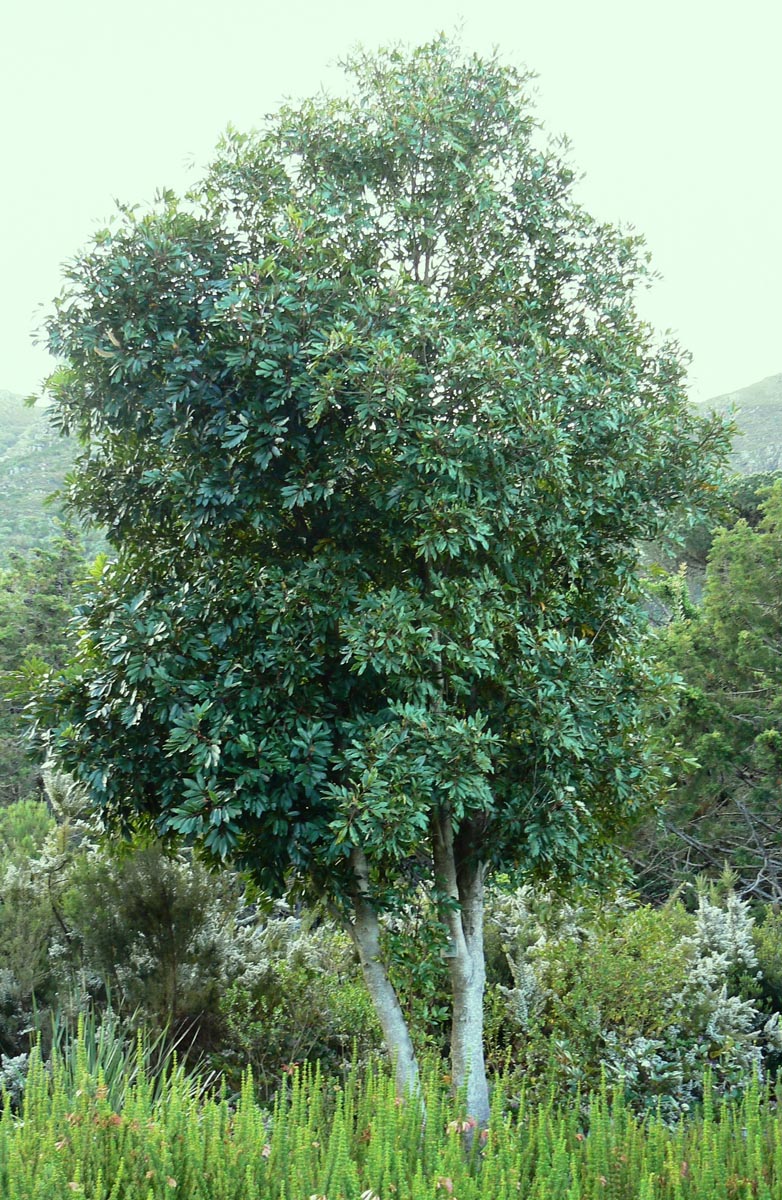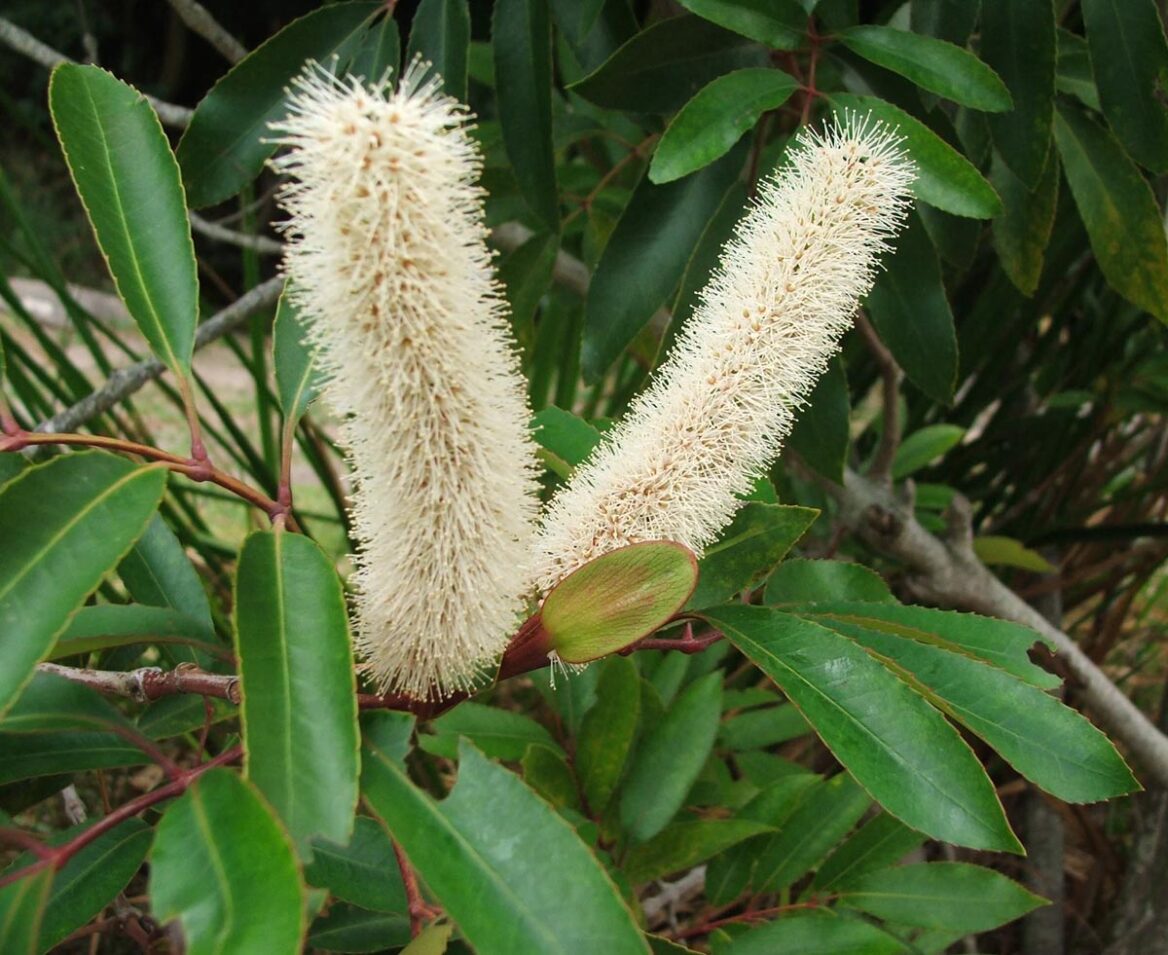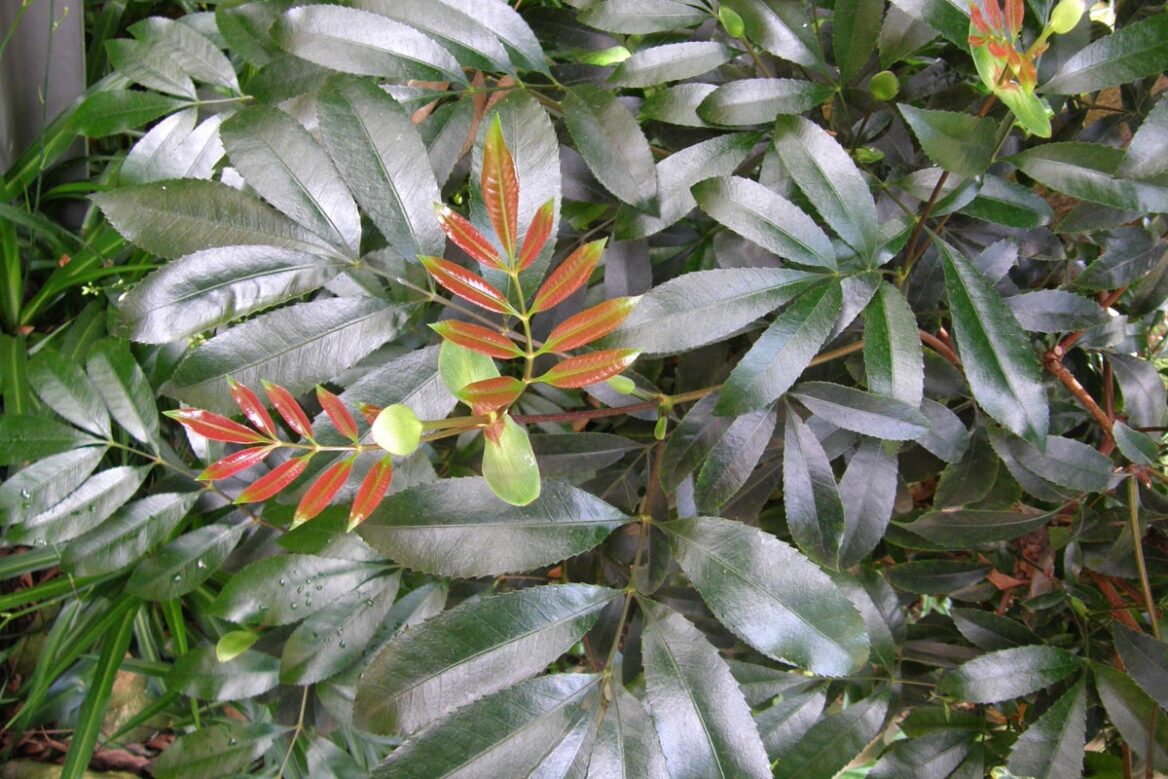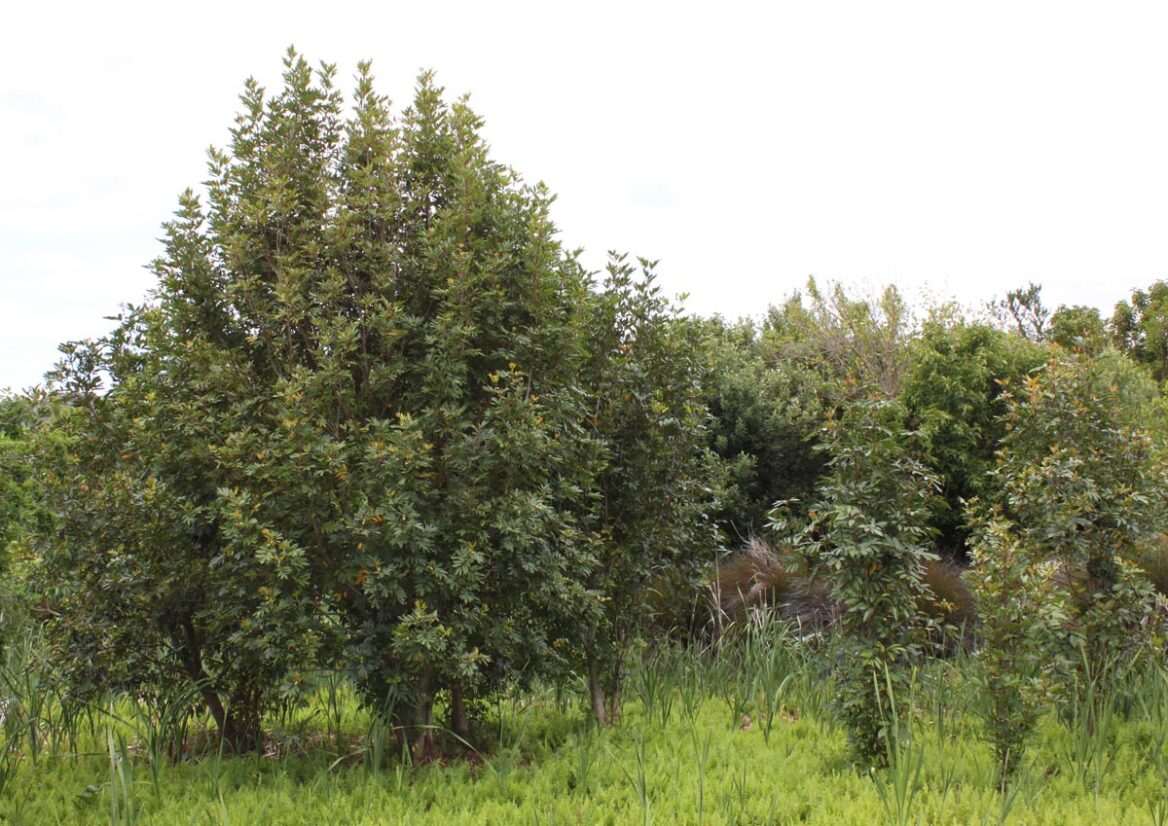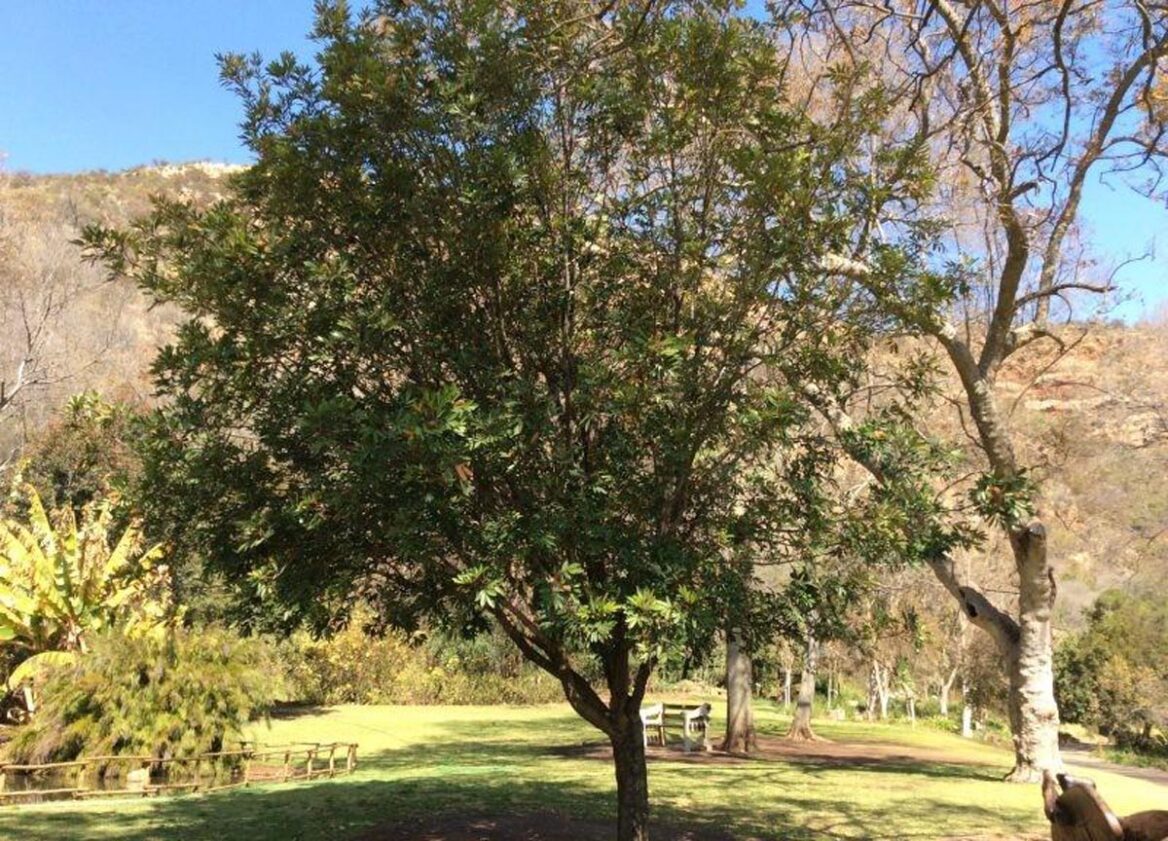Cunonia capensis
Butterknife Tree
Cunonia capensis produces bronze-red new foliage that matures into a beautiful glossy, dark-green. It bears large, fragrant, white panicles of flowers resembling candles throughout the summer. Cunonia capensis is an ideal choice for smaller gardens and can be grown in large pots since it does not have an invasive root system. However, it does not like windy conditions or hot and dry weather. Cunonia capensis prefers a temperate climate that mimics the sheltered forest environment where it occurs naturally. Cunonia capensis is evergreen and native to southern Africa. Learn more about Cunonia capensis.
Other common name(s):
Synonyms:
$0.50 – $107.12
Evergreen
Height: 4.0m
Width:
3.0m
Estimated 10 year height and width
Cunonia capensis stock information
Full Stocklist| Grade | Height | Standard | Available | I/P | Qty / Price |
|---|---|---|---|---|---|
| 1L | -m | 2 | 0 |
$0.50Add to cart |
